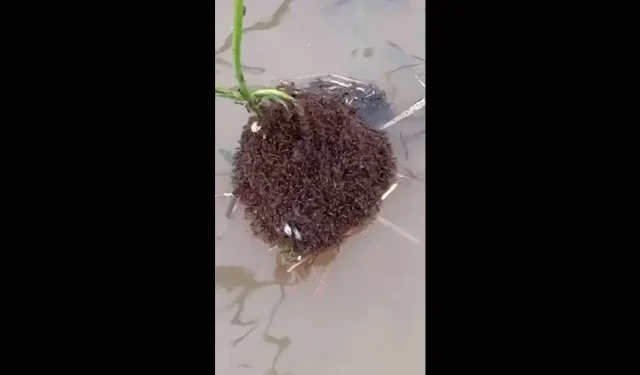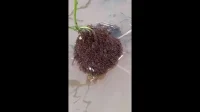Introduction
Queensland, Australia, is facing a growing environmental concern as severe flooding has led to the proliferation of invasive ant species across the region. These highly adaptable pests, often referred to as “super pests,” are capitalizing on the aftermath of the floods, raising alarms among environmentalists and local authorities about the potential impacts on local ecosystems and human health.
Invasive Ant Species Thrive Post-Flooding
Recent observations indicate that flooding has inadvertently created conducive conditions for the survival and spread of invasive ants. These species are notorious for their aggressive foraging behavior and have shown remarkable clustering capabilities that allow them to endure adverse weather conditions, including extensive flooding.
The resilient nature of these ants can be attributed to their unique social structure, which enables them to regroup and thrive even in the face of significant environmental challenges. As a result, their populations are likely to rise in the wake of the flooding, potentially leading to increased competition with native insect species.
Environmental Implications
The encroachment of invasive ants poses several risks to local biodiversity and agricultural industries. Native species, which are already vulnerable due to habitat loss and climate change, may face further decline as these invasive ants outcompete them for resources. This shift could destabilize local ecosystems that rely on native insects for pollination and pest control.
Moreover, the agricultural sector could see adverse effects, as these invasive ants are known to protect aphids and other pests, which can lead to increased crop damage. Farmers may need to adopt more stringent pest management strategies to mitigate these risks, incurring additional costs and labor.
Public Health Considerations
The spread of invasive ant species is not just an ecological concern; it also has implications for public health. Certain types of invasive ants are known to exhibit aggressive behavior toward humans, with the potential to cause allergic reactions and other health issues. This poses a significant concern for communities experiencing high populations of these pests.
Local health authorities may need to monitor these populations closely and develop public awareness campaigns to educate residents about the potential risks and the best practices for minimizing encounters with these ants.
Future Outlook
As Queensland continues to recover from the recent flooding, experts will be observing the long-term impacts of the invasive ant spread. The resilience of these pests raises questions about the effectiveness of current pest management practices and the steps required to protect native biodiversity.
Authorities will need to assess both immediate and ongoing strategies to mitigate the impact of invasive species while promoting resilience in local ecosystems. Collaboration among environmental agencies, agricultural stakeholders, and public health officials will be crucial in addressing the challenges posed by these invasive super pests.


